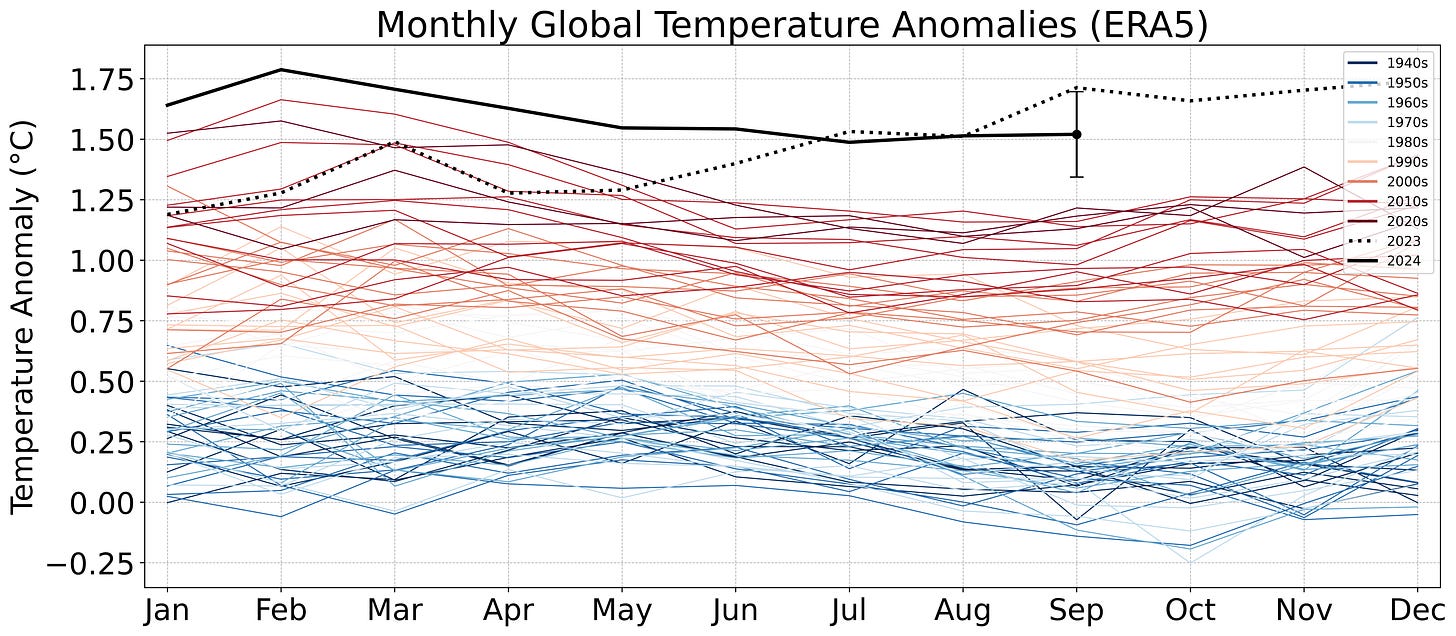Languages, Vol. 9, Pages 216: Heritage Hebrew in Finland: Insights from Multilingual Families
Languages doi: 10.3390/languages9060216
Authors: Gali Bloch
This study addresses the research gap in heritage Hebrew in Nordic countries, focusing on the perspectives of Hebrew-speaking immigrant parents in Finland. The objective is to understand family language policies and the use of Hebrew within multilingual families, exploring factors influencing parental decisions on heritage Hebrew transmission to the children. Employing a mixed qualitative–quantitative approach and the FLP analysis method, the research explores language management and the dynamic use of Hebrew within families, examining factors that influence heritage Hebrew maintenance in Finland. A survey of 36 families revealed a shift away from Hebrew towards the majority languages in Finland, with approximately a third of the children having poor or non-existent oral Hebrew skills. Despite the emphasis on Hebrew literacy by many parents, the reported proficiency levels were low, with slightly over 10% of children demonstrating good or excellent reading and writing skills, while 43% were entirely illiterate in the language. A third of respondents cited challenges in accessing Hebrew education, attributing it as the primary reason for the children’s illiteracy, as only 26.3% of children received external Hebrew teaching. While the connection between the birth order of the children and their heritage Hebrew skills presented diverse patterns, the survey revealed a notable shift towards Finnish as the primary communication language among siblings. A unique connection was found between parents’ birthplace and language choices, indicating reduced Hebrew transmission among repatriated parents. These insights contribute to understanding heritage Hebrew dynamics in Finland, with potential implications for informing policies supporting language transmission in similar contexts and practical application in multilingual families worldwide. Furthermore, by analyzing the dynamics of maintaining heritage Hebrew in Finland and investigating the language policies of immigrant Israeli families in the Nordic context, this study expands the theoretical understanding and contributes to the advancement of the fields of heritage languages and family language policies.

 3 months ago
13
3 months ago
13


